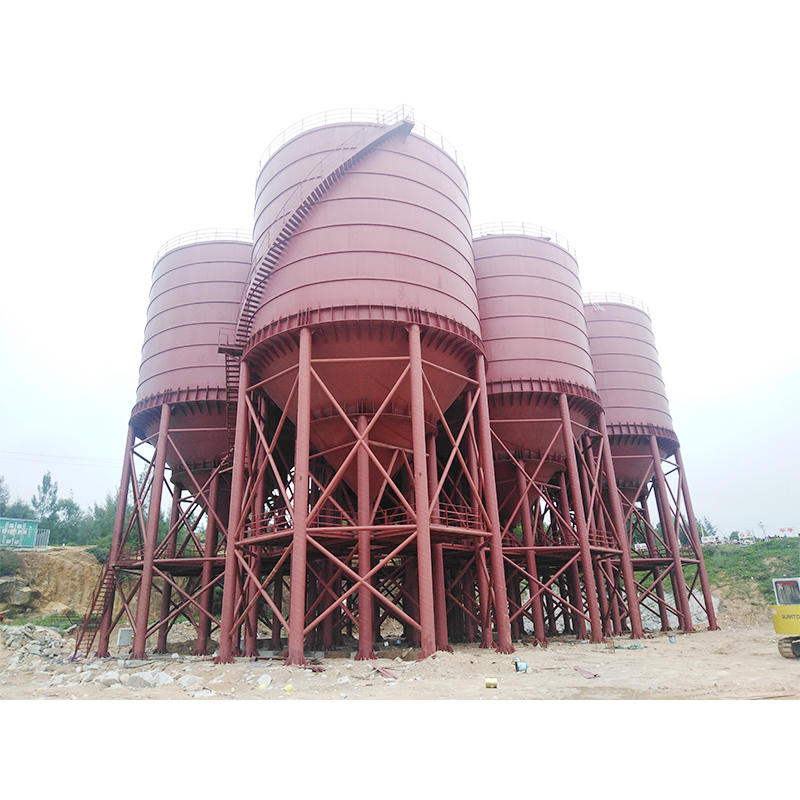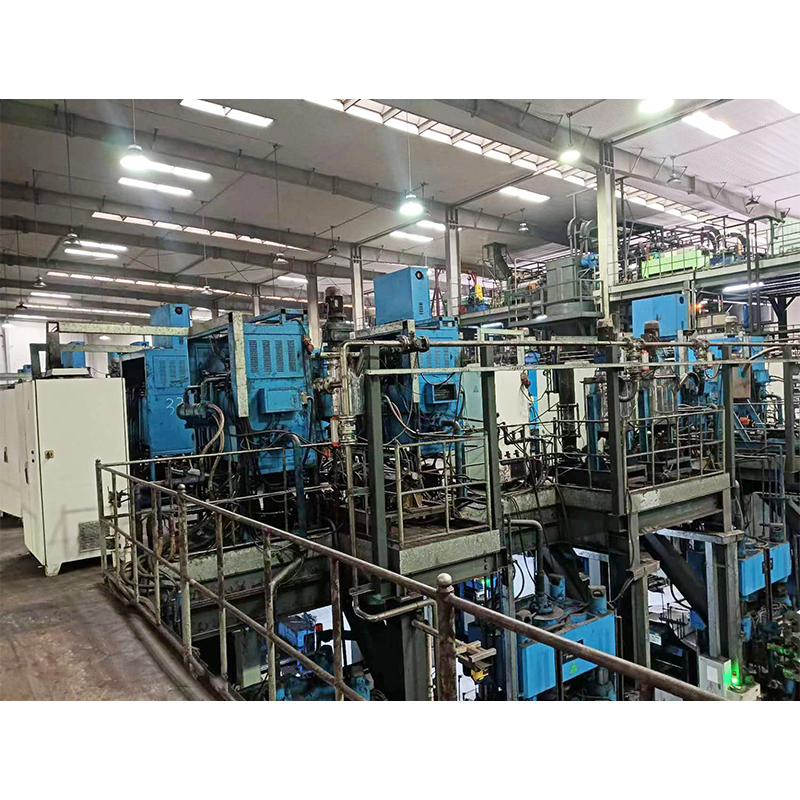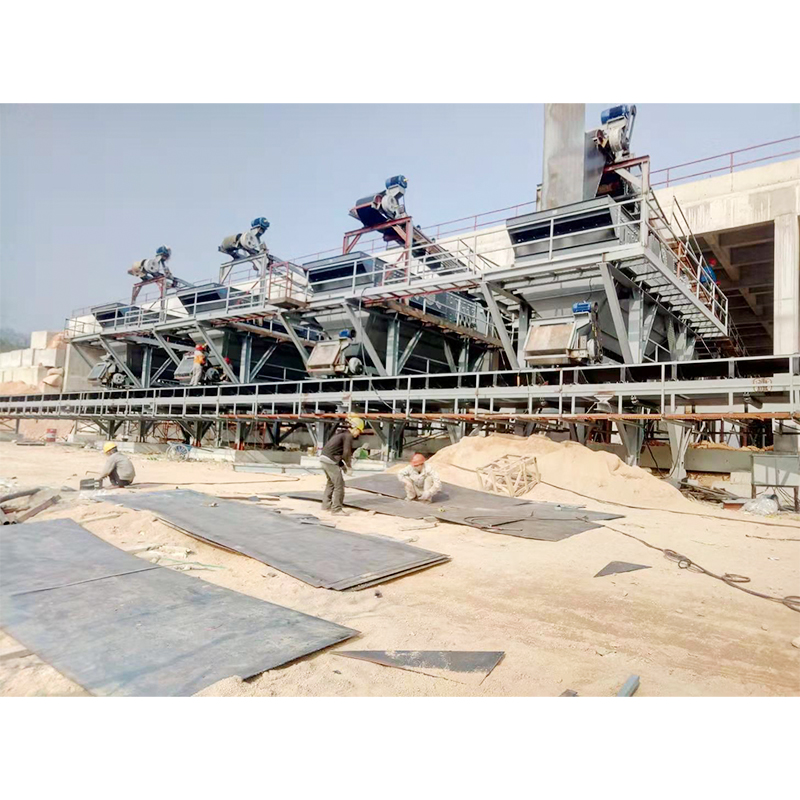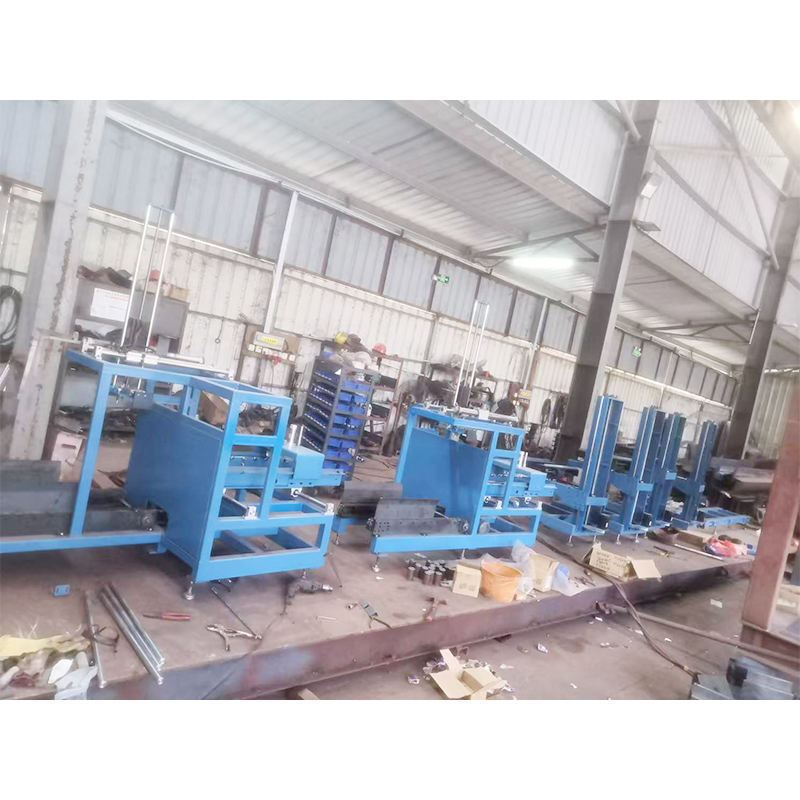What special designs do automatic powder weighing and conveying systems employ to ensure continuous and stable feeding of powders with extremely poor flowability?
Release Time : 2025-08-12
In industrial production, particularly in the pharmaceutical, food, and chemical industries, various types of powders are often handled. Some powders exhibit poor flowability due to irregular particle shape, high moisture content, or surface properties, posing challenges to continuous and stable feeding. To address these challenges, automatic powder weighing and conveying systems employ a variety of special designs and technologies to ensure efficient and stable feeding, even for powders with extremely poor flowability.
1. Material Pretreatment Technology
For powders with poor flowability, appropriate pretreatment is the first consideration to improve their flowability. This includes drying to reduce moisture content, thereby reducing adhesion and agglomeration; and screening to remove oversized and undersized particles, ensuring consistent particle size and improving flowability. Flow aids are sometimes added to modify the surface properties of the material to further enhance flowability.
2. Optimized Feeding Device Design
To address poor flowability, the design of the feeding device is crucial. Vibratory feeders are a common option, using vibration to break down material cohesion and promote material flow. Screw feeders are also effective tools for handling powders with poor flow properties, providing continuous and stable propulsion to facilitate smooth material flow into the conveying pipeline. For particularly challenging powders, pneumatically assisted feeding can also be used, using the purge effect of compressed air to loosen the material and allow it to enter the conveying process.
3. Precision Control and Automated Adjustment
Precision control is key to ensuring continuous and stable material feeding. Modern automatic powder weighing and conveying systems are equipped with advanced sensor technology and intelligent control systems that monitor parameters such as material flow and pressure in real time and automatically adjust feeding speed and force based on actual conditions. For example, if a decrease in material flow is detected, the system will automatically increase the operating frequency of the feeder or increase the compressed air pressure to ensure continuous material supply.
4. Anti-blocking Measures
To prevent blockage during material conveying, systems often incorporate anti-blocking devices at key locations. For example, clearing devices such as rotating brushes or high-pressure nozzles are installed at elbows prone to blockage to regularly remove accumulated material. Optimizing the piping layout to minimize sharp turns and narrow passages can also effectively reduce the risk of blockage.
5. Maintenance and Care
To maintain long-term stable system operation, regular maintenance and care are essential. This includes cleaning residual material from the feeder, inspecting and replacing worn parts, and calibrating sensors and controllers. Good maintenance practices not only help maintain optimal system performance but also promptly identify potential problems, avoiding costly downtime.
In summary, for powders with extremely poor flow properties, the automatic powder weighing and conveying system utilizes a series of specialized design and technical measures, from material pretreatment to feeder selection, to precise control and anti-blocking measures, to ensure a continuous and stable supply of material.
1. Material Pretreatment Technology
For powders with poor flowability, appropriate pretreatment is the first consideration to improve their flowability. This includes drying to reduce moisture content, thereby reducing adhesion and agglomeration; and screening to remove oversized and undersized particles, ensuring consistent particle size and improving flowability. Flow aids are sometimes added to modify the surface properties of the material to further enhance flowability.
2. Optimized Feeding Device Design
To address poor flowability, the design of the feeding device is crucial. Vibratory feeders are a common option, using vibration to break down material cohesion and promote material flow. Screw feeders are also effective tools for handling powders with poor flow properties, providing continuous and stable propulsion to facilitate smooth material flow into the conveying pipeline. For particularly challenging powders, pneumatically assisted feeding can also be used, using the purge effect of compressed air to loosen the material and allow it to enter the conveying process.
3. Precision Control and Automated Adjustment
Precision control is key to ensuring continuous and stable material feeding. Modern automatic powder weighing and conveying systems are equipped with advanced sensor technology and intelligent control systems that monitor parameters such as material flow and pressure in real time and automatically adjust feeding speed and force based on actual conditions. For example, if a decrease in material flow is detected, the system will automatically increase the operating frequency of the feeder or increase the compressed air pressure to ensure continuous material supply.
4. Anti-blocking Measures
To prevent blockage during material conveying, systems often incorporate anti-blocking devices at key locations. For example, clearing devices such as rotating brushes or high-pressure nozzles are installed at elbows prone to blockage to regularly remove accumulated material. Optimizing the piping layout to minimize sharp turns and narrow passages can also effectively reduce the risk of blockage.
5. Maintenance and Care
To maintain long-term stable system operation, regular maintenance and care are essential. This includes cleaning residual material from the feeder, inspecting and replacing worn parts, and calibrating sensors and controllers. Good maintenance practices not only help maintain optimal system performance but also promptly identify potential problems, avoiding costly downtime.
In summary, for powders with extremely poor flow properties, the automatic powder weighing and conveying system utilizes a series of specialized design and technical measures, from material pretreatment to feeder selection, to precise control and anti-blocking measures, to ensure a continuous and stable supply of material.







